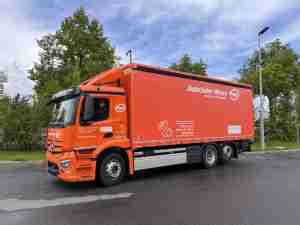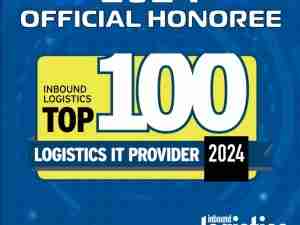CHICAGO - 3PL & Supply Chain Summit, Stand 203 – StormGeo, a global provider of advanced analytics for weather sensitive operations, introduces new advanced analytic weather tools to improve the operational efficiency of supply chain logistics: on land, at sea, and in the air. The resulting efficiencies help freight and logistics companies across the entire supply chain to reduce weather-related risk, delays, and cost.
“Weather can be an unpredictable and costly factor in logistics,” said Daniel Mathew, StormGeo’s vice president of onshore business. “To help customers manage the weather’s impact on the supply chain, we have developed the first integrated logistics solution for road, sea and air, allowing customers to track and analyze their trucks, ships and planes in real-time and rapidly understand weather impacts.”
Driven by deep innovation, StormGeo’s fleet management solution introduces new analytic tools that can be utilized standalone, or consumed through Application Programming Interfaces (APIs) into customers’ existing platforms. These operational solutions include:
- Weather impedance calculators
- Weather route delays
- Refined ETA prediction
- Predict weather-driven price fluctuations in freight contracts
- Identify potential weather disruption
- Highlight untapped weather efficiencies









